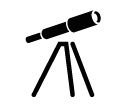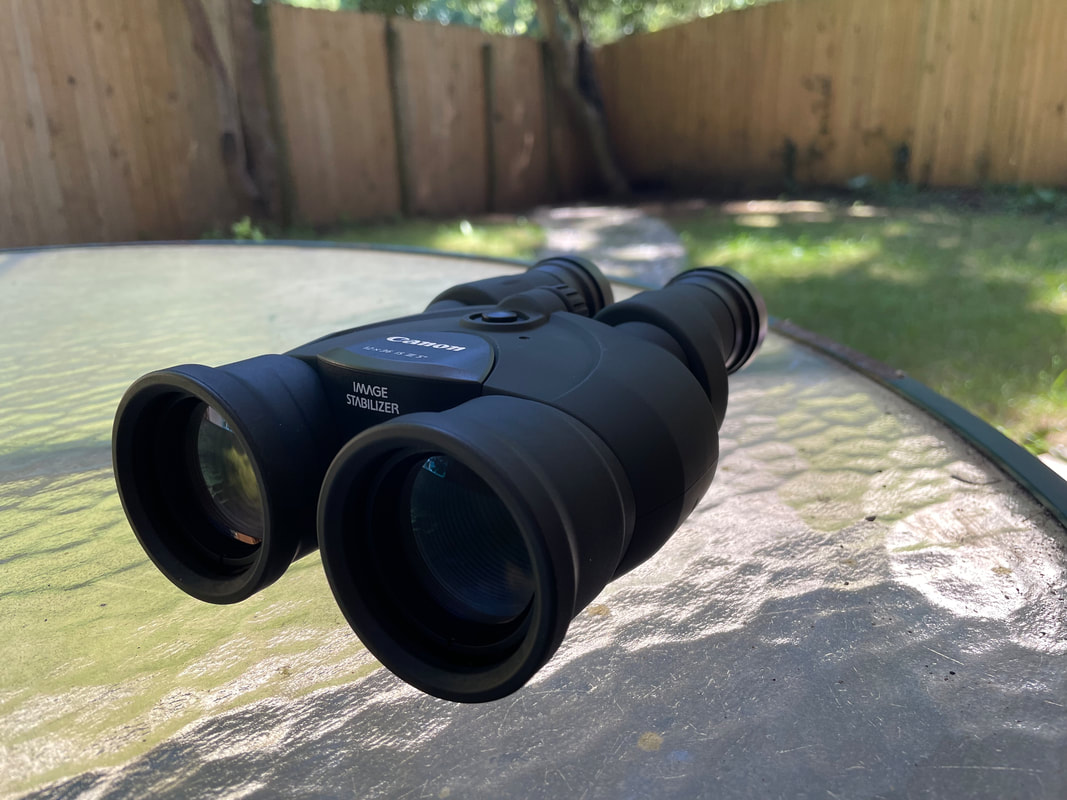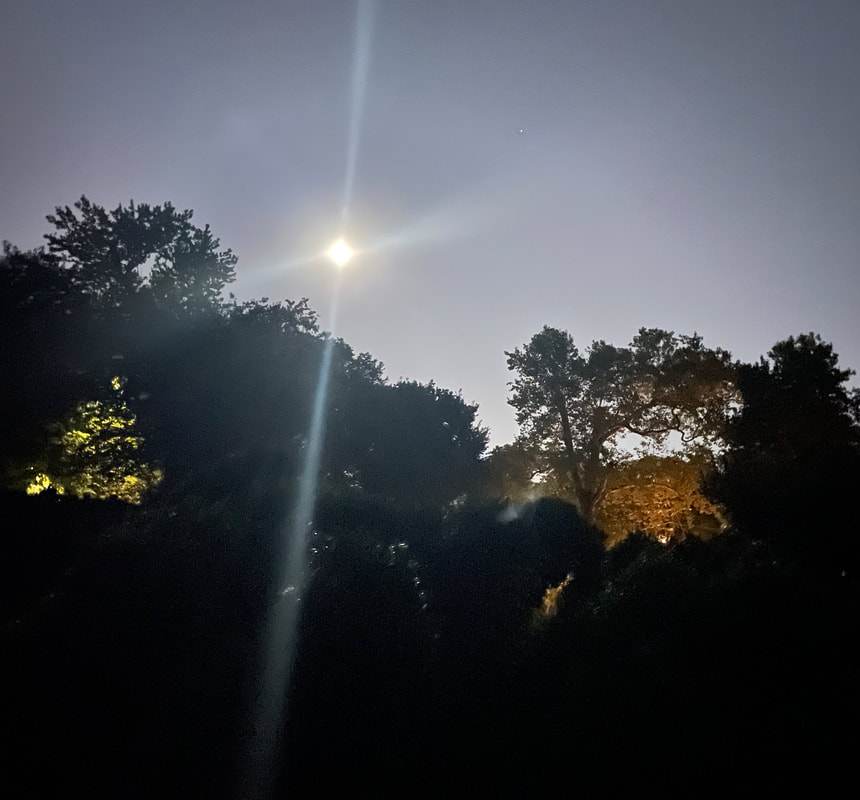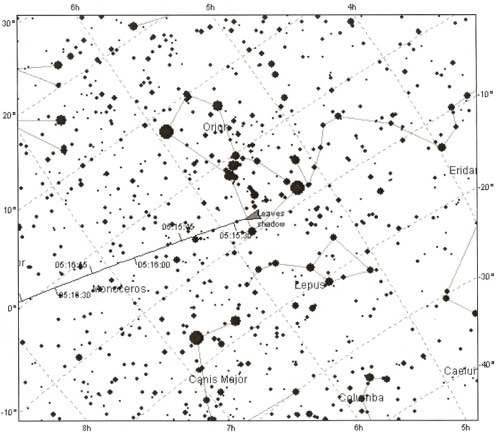|
Binoculars have long frustrated me. While I've thrilled at catching glimpses of rocket launches or lunar craters with big Celestron binoculars here in Washington, DC, I could never hold them steady enough to make out more than blurry glimpses. I opted for more manageable binoculars, but still: no matter what I did, the view was always disappointing. Eventually I gave up and decided that binoculars were just not for me. Then I learned about image stabilized binoculars: remarkable little devices that use gyroscopes and moveable lenses to cancel the inevitable vibrations caused by human hands. The high cost and relatively small size of these binoculars at first convinced me that it just wouldn't be worth it to buy one. Eventually, however, I found that I'd accumulated a heap of eyepieces I no longer used, and after selling them I took the plunge. I bought a pair of Canon 12x36 Image Stabilization III binoculars. When they arrived, I decided to try them out on the abundant birds in my backyard. I'm not a bird watcher - the one time I went on a bird watching tour at a conference, I was nearly abandoned in the middle of a desert - but I have to say, I was absolutely floored by the view. It really felt like the bird I was looking at - a female cardinal high up in the canopy - was right there in front of me on the table. The view was absolutely crisp, razor-sharp with no false color, and better yet: it was stable. It's hard to emphasize enough what a difference that makes. I was eager to see what I could make out on the planets, which had become very prominent in the mornings. When I tried, however, I was disappointed. This time I noticed some false color, and the image wasn't quite sharp enough for me. I figured, sadly, that even the best binoculars might not have much value for me in astronomy. Yet last night I couldn't resist the temptation to try out the binoculars one more time. The last "supermoon" of the year was rising, the Perseid meteor shower was peaking, and I really wanted to go to my favorite park. It's a long and painful hike with a telescope, but easy and fun while riding a scooter with one-pound binoculars in a backpack. I zipped out at around 11 PM, and made it to the park in no time.
The very first thing I saw as I reached my preferred observing spot was a bright meteor: an auspicious start if ever there was one. When I looked at the huge, golden Moon, however, I was again disappointed: it was just a bit blurry, with too much false color. This time I carefully adjusted the binocular's collimation and focus, waited a few minutes for it to acclimate, and tried again. What a difference! Now the Moon was wonderfully sharp - like those birds in my backyard - and to my astonishment the view really wasn't much less impressive than it is with my Takahashi refractor at low magnifications. The amount of detail I could make out was nothing short of miraculous. Then I turned to Saturn, and could hardly believe it when I easily made out its rings. Jupiter was rising above the horizon, and sure enough: there were its moons, perfectly clear in binoculars with an aperture of just 36mm. There was something exhilarating about how easy it all was. The binoculars are little bigger than my hand, and of course they required essentially no setup. But there I was, with bats fluttering overhead (I saw one through the binoculars), admiring the heavens. After about 15 minutes, I had that giddy feeling I sometimes get during my best nights under the stars - and since I wanted to leave on a high note, I hopped back on my scooter and sped home. Image-stabilized binoculars cost a lot more than a decent pair of regular binoculars (but a lot less than premium binoculars with high-quality optics). However, I'm now convinced that it's difficult to compare them to their lower-tech cousins. It's a completely different experience to use them. Because their views are stable, looking through them is more like using a telescope than regular binoculars - with the added benefit of the three-dimensional experience that binoculars (or binoviewers) uniquely provide. I have a real weakness for little instruments that provide outsized views (it's why I loved my TV 85 as much as I did). After last night, I have to conclude that the diminutive Canon 12x36 is, quite possibly, the most impressive optical instrument I've ever tried out. It doesn't often work out this way in amateur astronomy, but sometimes big things really do come in little packages.
0 Comments
Leave a Reply. |
Archives
March 2024
Categories
All
|





 RSS Feed
RSS Feed